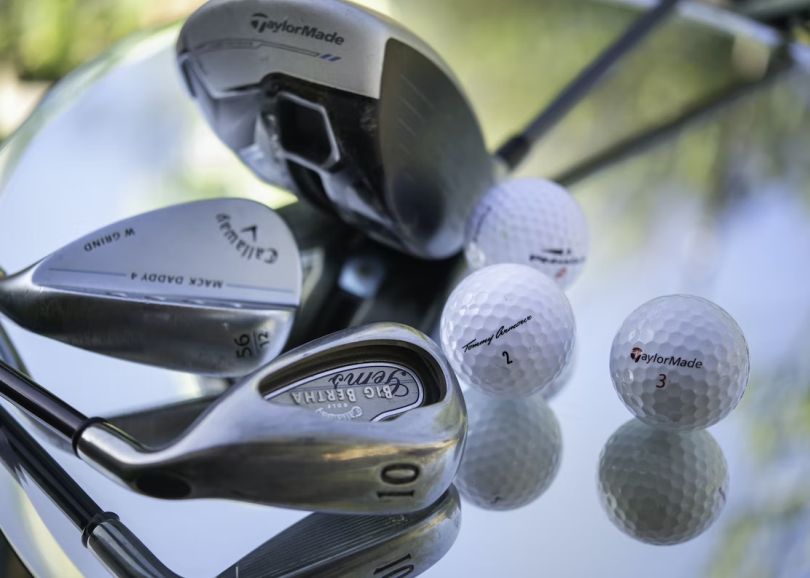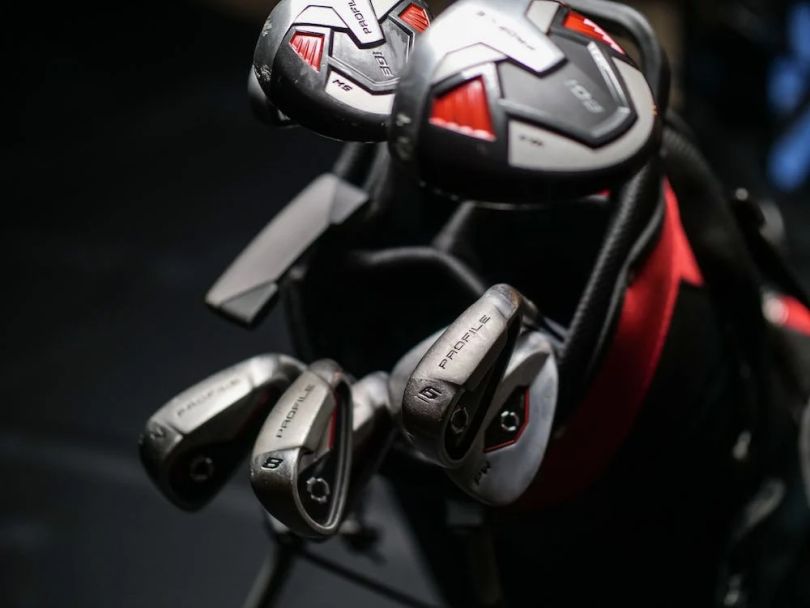How To Pick Good Golf Drivers For Beginners

Golf is an exciting sport to play, but it’s even more thrilling when you have the right equipment. Finding the right golf driver for a beginner can be daunting, as there are many factors to consider, like your swing type and clubhead design. But don’t worry – we’ve got you covered! Here are some tips on how to pick good golf drivers for beginners.
1. Compare Everything Side by Side
When selecting the right golf driver for your game, one of the top tips is to compare everything. This means comparing more than one selection of drivers across different manufacturers and models and considering other factors such as shaft selection, head size, and swing speed. Doing this will enable you to decide when choosing a golf driver that best suits your needs.
Comparing these options can seem overwhelming at first, but with a little effort, you can quickly narrow down your selection. Start by researching different golf drivers – such as Tour Drivers, High Launch Drivers, and Draw Bias Drivers – to understand what each type offers. Then look at specific models within each type and see how they compare regarding features, performance, and price. This side-by-side comparison will help you identify the driver that best meets your needs and preferences.
2. Understand Your Swing Type
Knowing your swing type is essential when selecting a good beginner golf driver. Your golf swing type will help you narrow down the options and pick the right club to suit your technique, style of play, and ability level. A beginner golfer should focus on finding a club that maximizes performance with minimal effort.
When selecting a driver, it is important to consider whether you are a slicer or a hooker. If you’re unsure of what this means, slicers and hookers refer to two different types of swings – one that causes the ball to slice in the air (slicer) or one that causes the ball to draw or “hook” in the air (hooker). Depending on your swing type, you must pick the right club with features to help reduce the slice or hook.
For example, a slicer might benefit from choosing a driver with a larger head size, more weight in the club’s heel, and more loft. This combination helps reduce slicing and encourages a straighter shot. On the other hand, if you are a hooker, you may want to opt for a driver with less loft and weight in the toe area. This setup can help promote draw-spin, keeping your ball flight straight or even drawing it back toward the target.
3. Consider Your Height and Arm Length
Your height and arm length also play an important factor in finding the right golf driver for you as a beginner. Taller players usually require longer clubs with bigger heads to increase their reach on each shot, while shorter players can opt for shorter clubs with smaller heads. Arm length is also important, as a longer arm span requires a larger clubhead and sweet spot for maximum performance. Make sure to consider your height and arm length when researching drivers so you can find the perfect fit for your game.
4. Evaluate the Loft and Lie Angle
The driver’s loft angle is another key factor in finding the right one for you. This determines how high or low your ball will travel on each shot and should be based on both your skill level and swing type. Generally speaking, beginners should opt for higher lofts (9-12 degrees) to get more distance and better accuracy off their shots. Additionally, be sure to consider the lie angle of the driver, which is the angle between the shaft and the sole of the club. This will help you find the most comfortable position for your swing, so it’s important to consider this when researching drivers.
5. Look at Clubhead Designs
The design of a golf club head can significantly affect performance, so pay attention to this when looking for a driver as a beginner. Generally, more traditional designs with deeper faces are better suited to smoother swings, while larger, shallow-faced drivers are best for aggressive players. Additionally, be sure to look at how much weight is in each area of the club head; heavier weights in specific areas can help increase power and accuracy on shots.
6. Test the Drivers
The last and most important tip for picking good golf drivers for beginners is to test them out in person. Many sporting goods stores have simulators or indoor ranges where you can hit a few balls with different drivers and get a feel for them. This is the best way to decide which one is right for you since nothing beats getting out onto the course and actually playing with them.

Picking the right golf driver for you as a beginner can be intimidating, but with the right knowledge and research, it doesn’t have to be. Be sure to consider your swing type, height and arm length, loft and lie angle, and clubhead designs, and compare everything side by side before deciding. Then once you’ve narrowed down your options, test them out in person to find the perfect fit! With these tips, finding good golf drivers for beginners should feel like a breeze.
